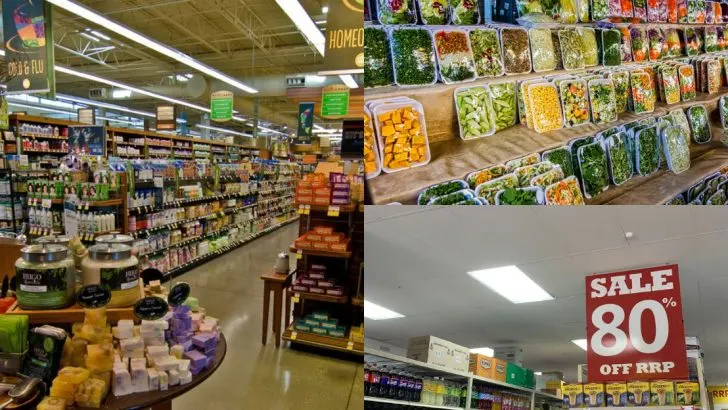Navigating the aisles of a grocery store may seem straightforward, yet many of us unknowingly fall into common pitfalls. By understanding these mistakes and learning how to avoid them, you can make your grocery shopping experience more efficient and cost-effective.
Here are ten common mistakes to look out for, along with practical tips to help you shop smarter.
Ignoring Store Layout

Supermarkets strategically design their layouts to maximize spending. From fresh produce at the entrance to impulse buys near checkout, each section is planned.
Being aware of this setup can prevent unnecessary purchases. Sticking to your list helps avoid being swayed by cleverly placed items.
Familiarize yourself with the layout of your regular store to streamline your shopping. Recognizing this hidden strategy empowers you to make intentional, deliberate choices, keeping your budget in check.
It’s not about avoiding aisles, but navigating them wisely, ensuring needs overshadow whims. With awareness, you hold the shopping reins.
Shopping Without a List

Heading to the store without a list often leads to forgotten essentials and impulse buys. Crafting a list prioritizes your needs and curbs unnecessary spending.
Keep a running list at home, adding items as they deplete. Technology can aid with apps designed for shopping, ensuring your list is always at hand.
This habit not only saves time but also keeps your shopping focused. A list acts as your personal guide, steering you towards efficient and purpose-driven shopping.
Remember, a list isn’t restrictive; it’s liberating, giving you control over your choices.
Overlooking Sale Cycles

Sales cycles are a retailer’s way of rotating deals. Weekly flyers reveal these patterns, helping you plan purchases around discounts.
Stocking up on sale items can lead to long-term savings, especially for non-perishables. Being familiar with your store’s sale pattern can help budget-conscious shopping.
However, it’s essential to buy only what you need, avoiding the trap of buying just because it’s on sale. Strategic shopping involves knowing when to invest in bulk and when to pass.
With practice, you can align your needs with sales, maximizing your budget.
Buying Pre-Packaged Produce
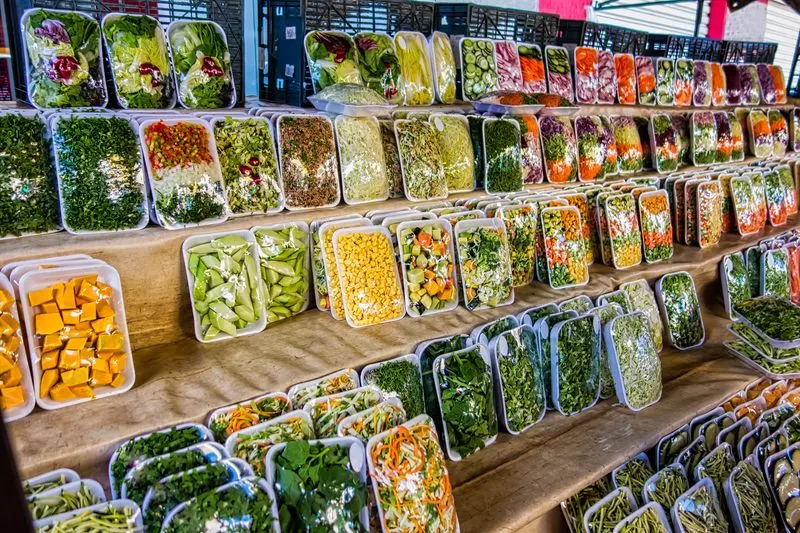
While convenient, pre-packaged produce often costs more than buying loose. You’re paying for packaging and sometimes, less fresh items.
Inspecting and selecting individual items ensures freshness and reduces waste. Customizing your selection allows you to purchase the exact quantity needed, minimizing spoilage.
Moreover, buying loose enables you to inspect for ripeness and quality, ensuring you’re getting the best for your money. Packaging can be deceiving, often hiding blemishes.
By taking this extra step, you’re not only saving money but also committing to higher quality standards in your diet.
Not Checking Expiry Dates

Overlooking expiry dates can lead to food waste and health risks. Always check dates before purchasing, especially on perishable goods like dairy and meat.
Expiry dates are strategically placed, often requiring a keen eye to spot. Make it a habit to examine these dates to ensure freshness.
Selecting products with the longest shelf life maximizes usage time, keeping your meals safe and fresh. This small step can prevent unnecessary waste and enhance your meal planning.
It’s not just about avoiding spoilage but ensuring every purchase aligns with your consumption timeline.
Falling for Endcap Displays
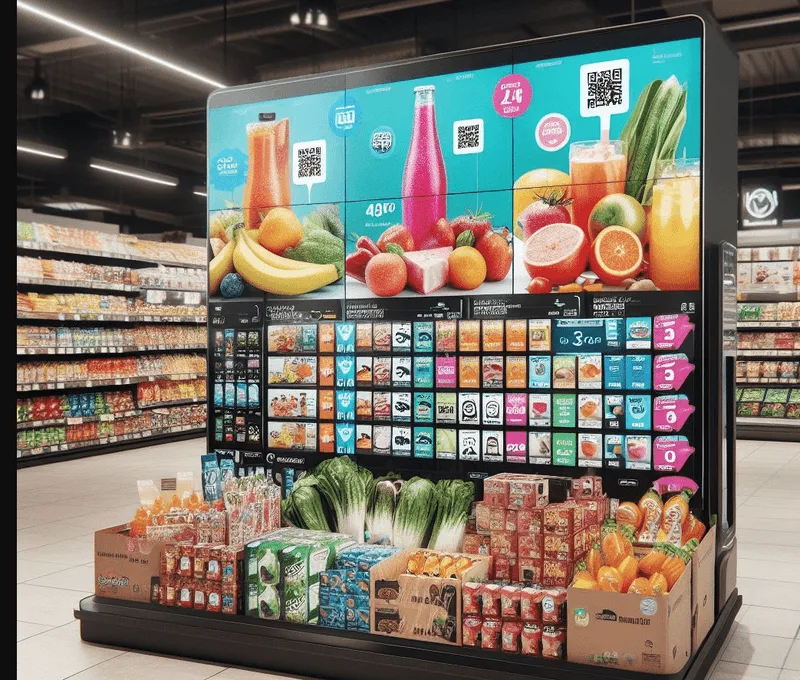
Endcap displays are designed to catch your eye with attractive setups and tempting deals. Often, these products aren’t truly discounted but are placed for visibility.
Approach these displays critically, questioning their necessity. Stick to your list and evaluate if the endcap items genuinely meet your needs.
Understanding this tactic keeps impulse buying in check. It’s about recognizing when marketing is at play, ensuring you’re not swayed by presentation alone.
This awareness helps maintain your shopping focus, ensuring your cart mirrors your list, not the store’s agenda.
Disregarding Unit Prices
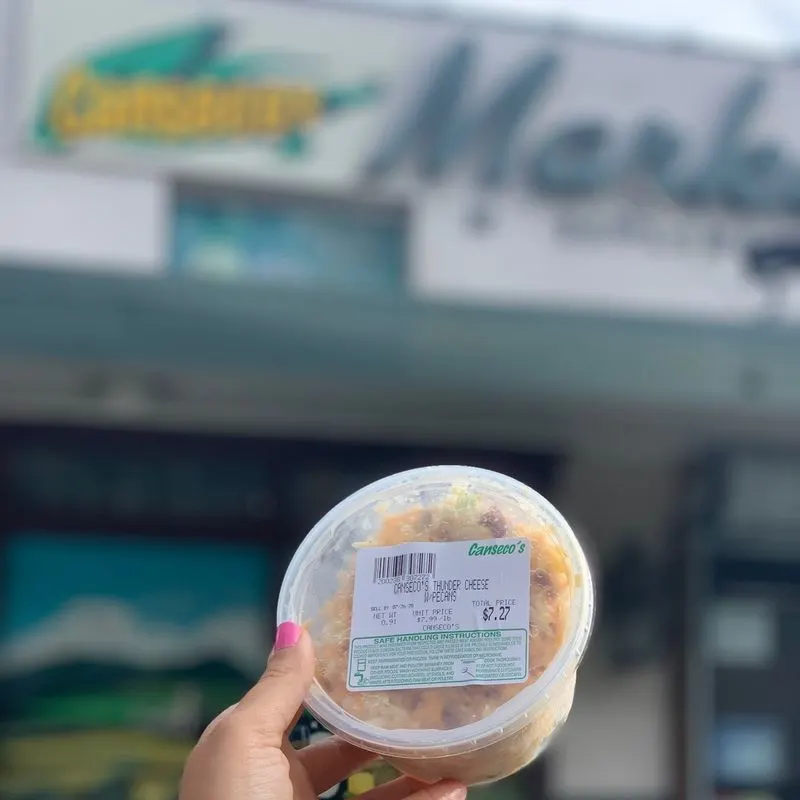
Unit prices reveal the true cost of a product, often hidden in packaging. By comparing these, you can make informed purchasing decisions.
Larger packages might not always offer savings, while smaller ones might be more cost-efficient per use. Checking unit prices ensures you’re getting value for your money.
This habit highlights sneaky pricing, empowering you to choose wisely. It’s a strategic approach, based on knowledge rather than assumptions.
By consistently comparing unit prices, you can stretch your budget further, ensuring every purchase meets both need and cost-efficiency requirements.
Overbuying on Deals

Promotions and bulk deals are tempting, often leading to over-purchasing. While sales promise savings, consider storage and usage.
Buy one, get one deals, for example, may not suit perishable items. Strategize your purchases based on actual needs and consumption rates.
Calculate potential waste and assess if a deal aligns with your household’s eating habits. Resist stocking up on items just because they’re cheap.
Mindful shopping involves balancing deals with practicality, ensuring discounts translate to real savings. It’s about aligning purchases with lifestyle, avoiding clutter and waste.
Ignoring Store Brands
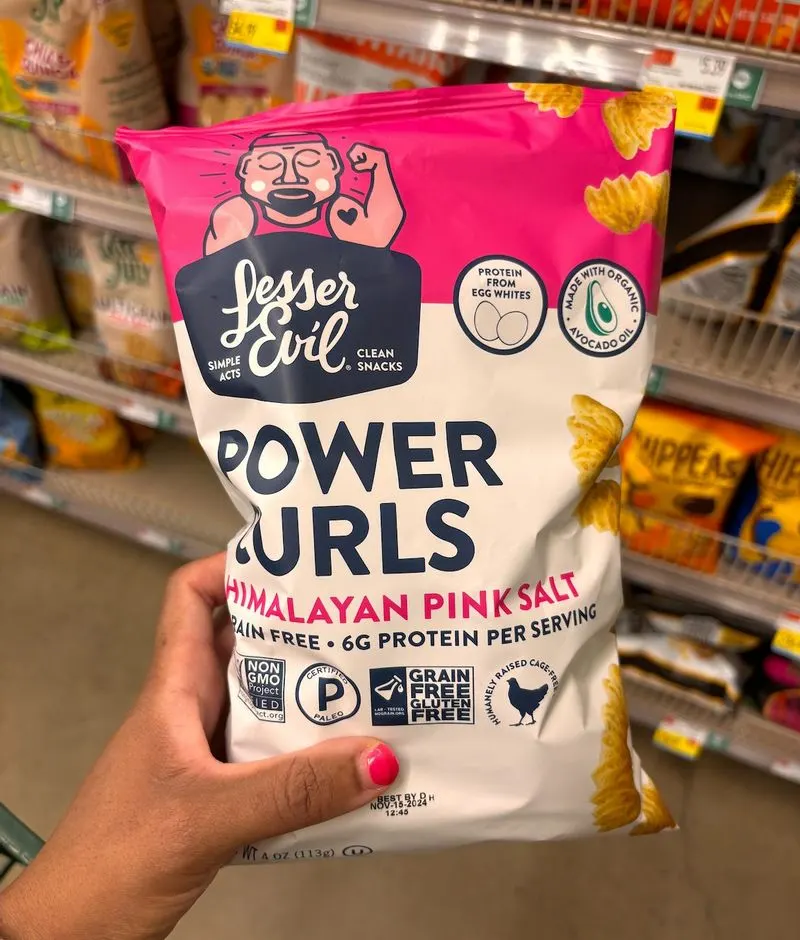
Store brands often offer quality comparable to name brands but at a lower price. These products are typically manufactured by the same producers, providing similar taste and quality.
Trying store brands can lead to significant savings without sacrificing satisfaction. They’re a smart alternative, especially for staple items.
Experimenting with these can reveal affordable options that quickly become household favorites. Embracing store brands is about prioritizing value, challenging brand loyalty.
This choice can open doors to new preferences and substantial financial benefits. Re-evaluate your brand biases and consider the store brand option.
Shopping When Hungry

Hunger can skew shopping choices, leading to impulse buys and unhealthy selections. Eating before shopping curbs this urge, keeping your focus on the planned list.
A satisfied stomach makes for a sharp mind, ensuring decisions are dictated by needs, not cravings. This simple pre-shopping ritual can save money and enhance meal planning.
Hunger masks reasoning, tempting you to fill your cart with instant gratifications. By addressing hunger first, you align shopping with nutritional goals, maintaining both budget and health.
It’s a straightforward, effective strategy for mindful, conscious shopping.

